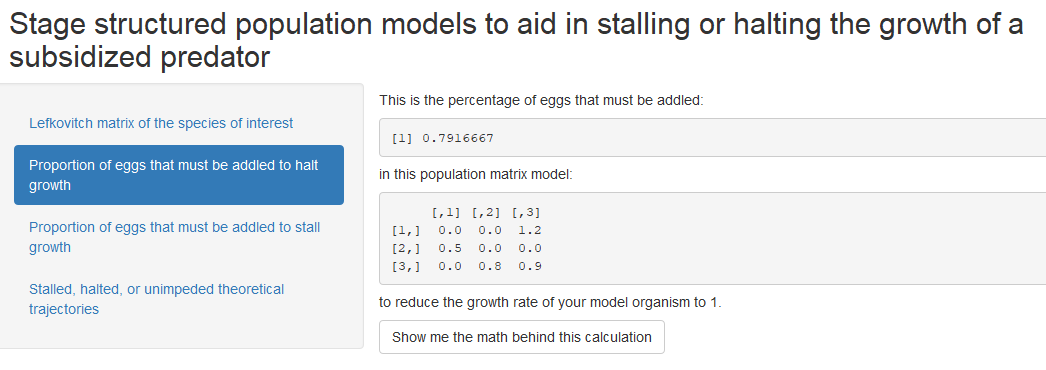Professionals who manage animals regularly face challenging decisions
Veterinarians, zoo personnel, biologists, scientists, and resource managers sometimes share the professional duty to dispatch animals.
In the case of resource management, thriving populations of one species can differentially impact the survival of another, forcing resource managers into action to restore ecosystem balance. When this happens, anthropogenic control of the burgeoning populations may be used to protect the population viability of more vulnerable species.
A rapid change in human development or land use can propel ecosystem changes and disproportionally impact resident wildlife populations. Such shifting conditions cause ripple effects through the ecosystem, which may result in threats to biodiversity. For example, sea lions have accumulated in the Columbia River to feast on the protected salmon that must funnel through the fish ladders of the hydroelectric dams. Neither the sea lions nor the salmon are undesirable species; rather their human-subsidized interaction caused acute threat to salmon viability.
Another example of an increase in human-subsidized wildlife predation is the uptick in common raven populations that have followed human expansion into desert and sagebrush regions. Ravens are regularly observed nesting in and hunting from human-made structures. Additional development of these structures function to deliver new resources to these avian predators at the expense of the vulnerable resident wildlife prey.
How do managers protect resident wildlife from the influx of human-subsidized ravens?
One option to control the burgeoning population of raven is to halt or stall their reproductive output through the professional addling of their eggs. Our StallPOPd application allows resource managers to explore the level of egg addling necessary to offset human subsidized population growth of common raven to restore an ecosystem balance.





